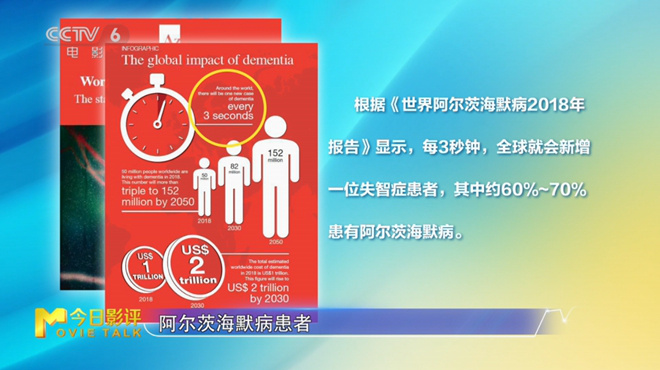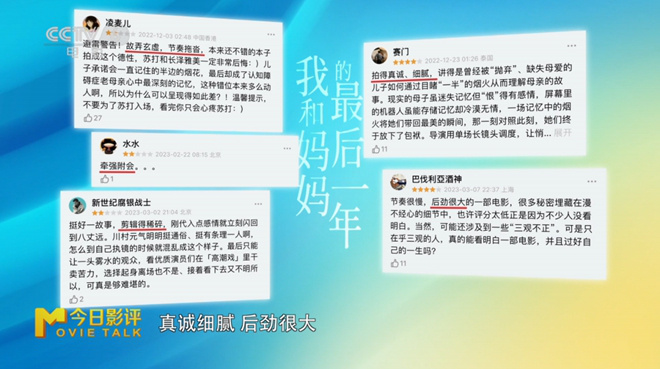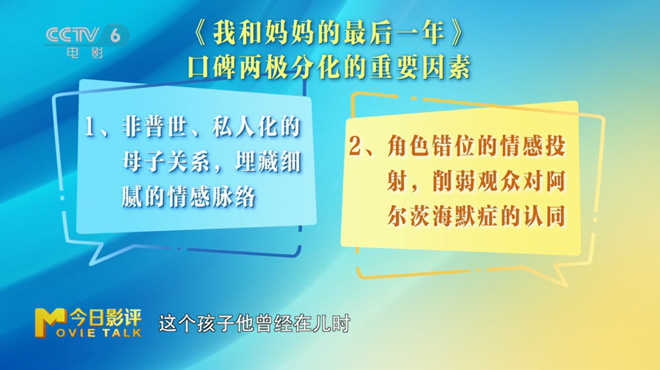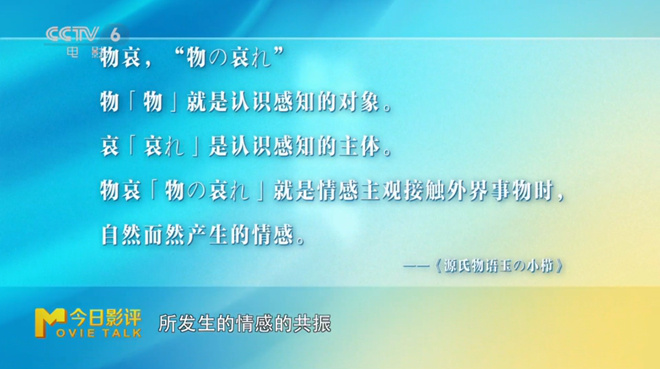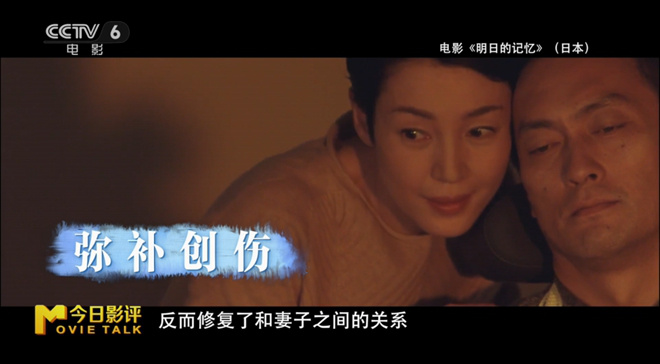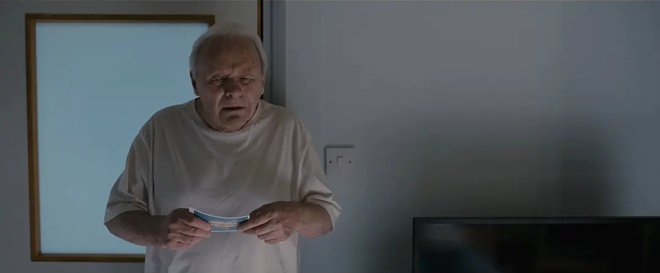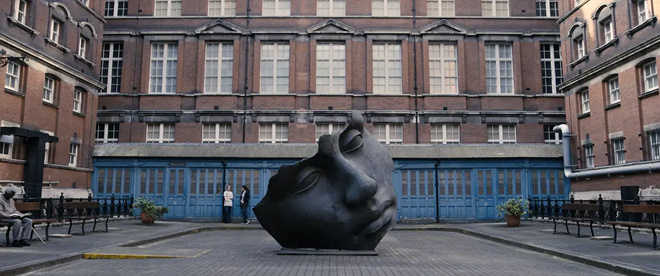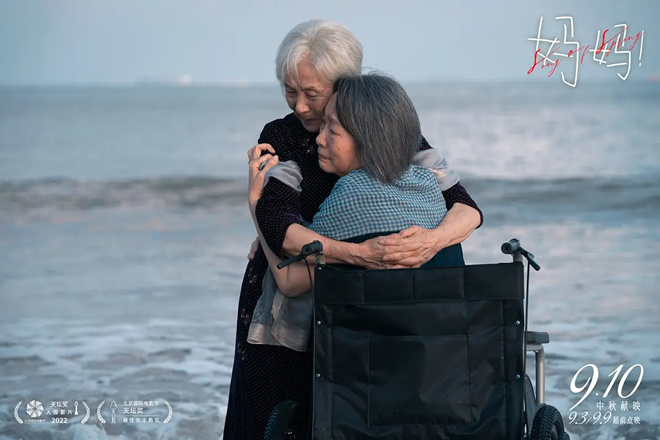Since the beginning of this year, China has continued to promote supply-side structural reforms, increased tax reduction and fee reduction, rationalized the price formation mechanism in important areas, maintained a balance between market supply and demand, lowered inflation expectations, and moderately fluctuated consumer prices. At present, the overall price level has maintained a stable operation trend, which indicates that the economic operation is stable and good, creating a good environment for promoting high-quality economic development.
Recently, there has been a strong expectation that the prices of pork, fruit and other foods will rise. According to the data released by the National Bureau of Statistics not long ago, the national consumer price index (CPI) rose by 2.0% in the first four months of this year. Among them, in April, the CPI rose by 2.5% year-on-year, and it was in the "2 era" for two consecutive months.
In an interview with Economic Daily China Economic Net, relevant experts said that, on the whole, since the beginning of this year, China has continued to promote supply-side structural reforms, increased tax reduction and fee reduction, rationalized the price formation mechanism in important areas, maintained a balance between market supply and demand, lowered inflation expectations, and moderately fluctuated consumer prices. At present, the overall price level has maintained a stable operation trend, which indicates that the economic operation is stable and good, creating a good environment for promoting high-quality economic development.
There has been a structural increase in prices.
In the first four months of this year, CPI rose by 1.7%, 1.5%, 2.3% and 2.5% respectively, and the monthly year-on-year increase showed a steady upward trend in moderate fluctuations. Among them, in the last two months, the year-on-year increase in prices has increased, entering the "2 era."
Liu Aihua, spokesman of the National Bureau of Statistics, believes that the CPI rose by 2.5% year-on-year in April this year, mainly due to the increase of individual varieties. Among them, pork, fresh vegetables and fresh fruits all increased by more than 10% year-on-year.
"Overall, despite the increase in CPI in the last two months, it is significantly lower than the control target of 3%, and it is mainly affected by factors such as the base of the previous year, the hikes and seasonality, showing structural upward characteristics and not having a comprehensive upward basis." Zhang Qianrong, deputy director of the Finance and Finance Research Office of the National Information Center, said.
Zhang Qianrong analyzed that in the first four months of this year, food prices rose by 3.2% year-on-year, which boosted CPI by 0.62 percentage points and contributed 29.7% to the CPI increase. Non-food prices rose by 1.7%, which boosted CPI by 1.48 percentage points and contributed 70.3%. The contribution rate of non-food prices to the price increase is obviously higher than that of food. Although the recent increase in pork prices has led to an increase in food prices, non-food prices have remained stable as a whole, and prices do not have the basis for an overall increase.
"At present, China’s price increase is at a medium level on a global scale. From an international perspective, China’s price increase is slightly higher than that of developed economies such as the United States and the European Union, and significantly lower than that of BRICS countries such as Russia, which is at a medium level in the world. " Zhang Qianrong said.
The data shows that in the first quarter of this year, the US CPI rose by 1.7% year-on-year, while the EU harmonized CPI rose by 1.6%, slightly lower than that of China. India’s CPI rose by 7.1%, Russia’s by 5.2%, South Africa’s by 4.2% and Brazil’s by 4.2%, which was significantly higher than China’s CPI.
It is worth noting that in the first four months of this year, the national producer price index (PPI) rose by 0.1%, 0.1%, 0.4% and 0.9% respectively, with a slight year-on-year increase.
Zhang Qianrong said that the increase in PPI was mainly affected by factors such as the rise in international oil prices and the negative increase in the same period last year. Since the beginning of this year, the increase of PPI is lower than that of CPI, and the upstream and downstream price trends are upside down.
Pork supply is relatively abundant.
In April, the price of pork rose by 14.4%, an increase of 9.3 percentage points over the previous month, which affected the year-on-year increase of CPI by about 0.31 percentage points.
Relevant data show that in the first ten days of March this year, the price of white pigs rose continuously and rapidly. On March 1st, the average wholesale price of striped pigs in Beijing Xinfadi Market was 7.28 yuan/kg, but on March 10th, the price rose to 9.45 yuan/kg, and the price rose by 29.90% in 10 days, which was quite obvious. Since then, the price has fluctuated slightly.
"Overall, pork prices have changed little in the past 60 days. In other words, after the price of meat reached a higher level in mid-March, it showed a weak trend. " Liu Tong, director of statistics department of Beijing Xinfadi agricultural products wholesale market, said.
Liu Tong analyzed that in the first ten days of March, the price of pork rose significantly, which was the expected increase in advance. From the market situation, in the first week of March, the average daily market volume of white pigs increased by 10% from the previous week and 15% from the same period of last year, and there was no shortage of supply. In this case, the increase in meat prices mainly comes from the thrust outside the market, especially the data released by some institutions show that the stock of fertile sows has decreased, which provides conditions for the bottom rebound of meat prices.
"The increase or decrease in the number of fertile sows reflects that there is a certain lag period in the supply capacity and price, and the insiders call this lag period ‘ Cobweb effect ’ . In other words, the supply of pigs in the second half of 2019 may show ‘ Tight equilibrium ’ State, meat prices will rise. Therefore, the rise in early March is an early rise. " Liu Tong analyzed that after the release of relevant data, most forecasts tend to show that the pig price will reach an all-time high. This expectation has played a strong role in fueling the rise in meat prices.
Liu Tong said that in fact, the number of pig heads with white stripes does not fully represent the supply of ketone bodies in pork. After the price of meat rose, the pig farm was filled with the emotion of waiting for the price to be sold, the time of keeping pigs in the pen was prolonged, and the single weight of pigs generally increased. In April 2019, the single weight of pigs generally increased by 10%. According to this calculation, the supply of pork in April this year exceeded the same period last year. If this phenomenon continues, when the number of pigs drops by 20% and the single weight of pigs increases by 20%, the decline in the number of pigs can be compensated by the increase of single weight, and the supply of pork is still relatively sufficient.
There is no inflation risk.
"Overall, whether it is from food or industrial consumer goods and services, there will be no sharp increase in CPI in the future, and prices will be stable and have a solid foundation." In response to the future trend of prices, Liu Aihua said.
Liu Aihua analyzed that, from the perspective of food prices, fresh vegetables and fresh fruits are short-term impacted by extreme weather factors, which is not sustainable, and pork prices have a certain resilience. With the gradual recovery of prices, farmers’ enthusiasm for replenishing the column will be correspondingly improved, which will play a stabilizing role in prices. From the perspective of non-food prices, the supply capacity of industrial products is sufficient, and there is no basis for a sharp increase. Although the increase in service prices is relatively high, it is generally stable.
"Overall, the factors that will support and curb price increases in the future are intertwined." Zhang Qianrong said. From the factors supporting the price increase, on the one hand, affected by African swine fever epidemic and other factors, the number of live pigs has declined, and pork prices have continued to rise. However, considering the strong overall supply capacity of pork in China, an early warning mechanism for pig price control has been established, and it is more likely that the pork price will increase in the later period, but it does not have the basis for a substantial increase; On the other hand, with the decline of demographic dividend, labor cost will become a long-term factor to push up prices.
On the one hand, since 2012, the increase of CPI in China has been less than 3%. Considering that residents’ inflation expectations are generally related to the previous price level, the current low price increase has reduced residents’ inflation expectations; On the other hand, China’s main industrial products are abundant in supply, with bumper harvests for many years, high grain and oil stocks, rapid development of service industry, strong supply capacity in various fields and strong price stability. In addition, with the continuous advancement of supply-side structural reforms, the operating costs of enterprises have been significantly reduced, providing a good policy environment for stabilizing prices.
Zhang Qianrong said that after preliminary calculation, the CPI hikes factor is about 0.7% and PPI hikes factor is about 0.1% in 2019. Considering the hikes and the above factors, it is expected that consumer prices in China will continue to rise moderately and steadily in 2019, with CPI rising by about 2.3% and PPI rising by about 1.0%. There is no inflation risk, and the pressure on price control is light.
